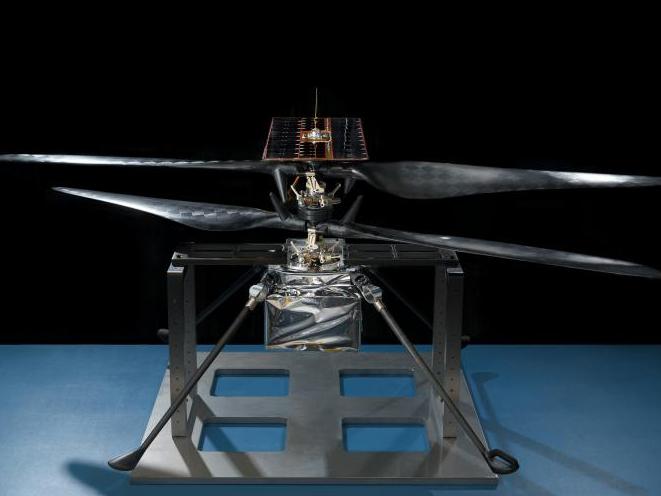
Posted to News on 17th Feb 2021, 08:55
The Mars landing up close
All landings on Mars are difficult. For NASA's Perseverance Rover, set to land on Mars on February 19, 2021 at 7.30am AEST, this one is particularly tense

With the impending landing on Mars of NASA’s Perseverance Rover just days away, this is an event not to be missed. It will also involve some impressive firsts, such as the biggest supersonic parachute that’s ever been sent to another planet and onboard will be the first helicopter drone, Ingenuity. On top of that, the touchdown site will be the most challenging terrain on Mars ever attempted.
Maxon, which has been heavily involved in the project, has put together the short video shown above, in which Dr Carlos Bacigalupo, astrophysicist and head of R&D at maxon Group, Australia, goes through the complex landing sequence and also explains the “seven minutes of terror” associated with the EDL (entry, descent & landing) of the spacecraft. And he also outlines how maxon’s brushed and brushless motors will be playing their part during the mission.
The intense EDL phase begins when the spacecraft reaches the top of Mars’ atmosphere. It takes approximately seven minutes to enter the atmosphere and land safely on the ground. A radio signal takes 11 minutes to travel 204 million kilometres from the surface of Mars to Earth, which causes a lag in communications during EDL, hence the “seven minutes of terror".
During these seven minutes, the spacecraft will autonomously slow from about 19,400 km/h when it enters the Martian atmosphere to about 1.6 km/h at touchdown, effectively landing itself. When the signal is sent back to the engineers at NASA's Jet Propulsion laboratory, Perseverance would have either crashed or landed safely for four minutes.
Dr Bacigalupo also recounts how maxon brushed and brushless motors will be used for numerous mission-critical tasks. They will power the small robotic arm in the rover, moving the soil samples from station to station, and for sealing and depositing the sample containers. There are also six 10mm DC micromotors used to control the tilt of Ingenuity's rotor blades, which determines the direction of flight.
Want the latest machine building news straight to your inbox? Become a MachineBuilding member for free today >>















